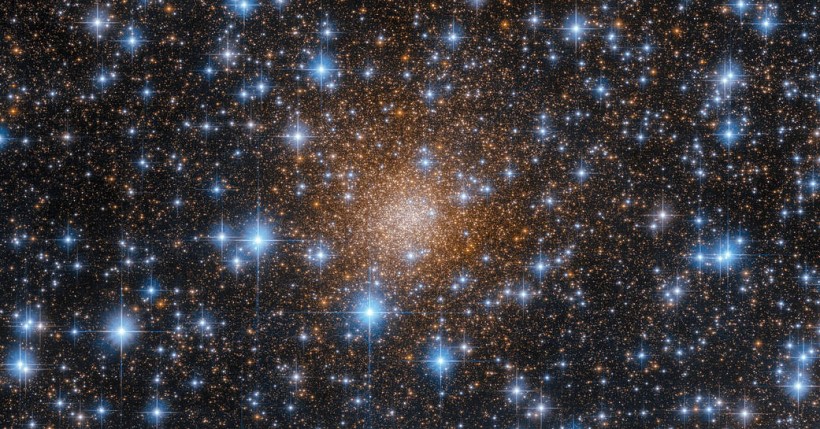Skywatchers, heads up! There are upcoming space events to look forward to in the month of June.

Planets Depart the Morning Sky
The cluster of four naked-eye planets that have been visible in the morning sky for the past few months - including multiple close conjunctions - is starting to disperse. Saturn, Mars, Jupiter, and Venus will look progressively spread out across the morning sky during the following few months, to the point where Venus and Saturn will cease to be morning objects for most viewers by September.
Watch out for this planetary precession in the morning of June 23
A Sky Full of Hercules Stars
June is also a wonderful month to observe M13, commonly known as the Hercules Cluster, one of the most popular globular star clusters. Globular clusters are spherical groups of stars with their centers firmly crowded together. Several hundred thousand stars can be seen in M13.
According to NASA, globular clusters are also thousands of years old. M13's stars are estimated to be roughly 12 billion years old, which is close to the age of the universe.
About 150 globular clusters have been discovered in our galaxy, the Milky Way. They move tens of thousands of light-years above and below the spiral arms and most of the galaxy's stars as they circle outside the disk.
The Hercules Cluster is now best observed through a telescope, with larger telescopes allowing you to see more of the cluster's stars. You can also find it with binoculars, where it will appear as a hazy tiny patch.
NASA noted that in the first couple of hours after dark in June, look for M13 in the constellation Hercules, which is high in the east. However, you must find the brilliant stars Vega and Arcturus first.
Afterward, find the four stars that make up "the Keystone," which is the pattern that makes up Hercules' core section.
On the western, or leading, side of the Keystone, M13 is roughly a third of the way between the two stars.
Read also: Weird Object on Mars: NASA Curiosity Rover Spots Strange Twisting Rock Towers
The Enchanting Lyra
Finally, in June, we'll take a look at one of the tiny constellations that houses one of the brightest stars, which is the Lyra constellation.
In Greek mythology, it represents a lyre, or harp, played by the Orpheus. Lyra was also regarded as an eagle in Arab cultures, as well as in ancient Egypt and India, and it was a llama to the Incas of South America.
Look for Lyra by looking for Vega, the westernmost of the Summer Triangle's three brilliant stars.
Lyra can be seen halfway up the eastern sky in the Northern Hemisphere in the first couple of hours after nightfall throughout June.
You can use a pair of binoculars to guide you in seeing the other stars in Lyra, which form a parallelogram dangling underneath it.
Recommended Apps
To ensure a better stargazing experience, here are some apps that could help you locate the stars and notify you of all the important space events of the month!
- Starwalk 2
- Dark Sky Meter App
- Star Chart
- Dark Sky
- Telescope HD
- SkyEyelAstronomy
- Google Sky Map
- SkySafari
- Meteor Shower Calendar
Related Article: Could a 'Mirror Universe' Solve Crisis in Cosmology? New Study on Hubble Constant Could Glean Light!
This article is owned by Tech Times
Written by Joaquin Victor Tacla









